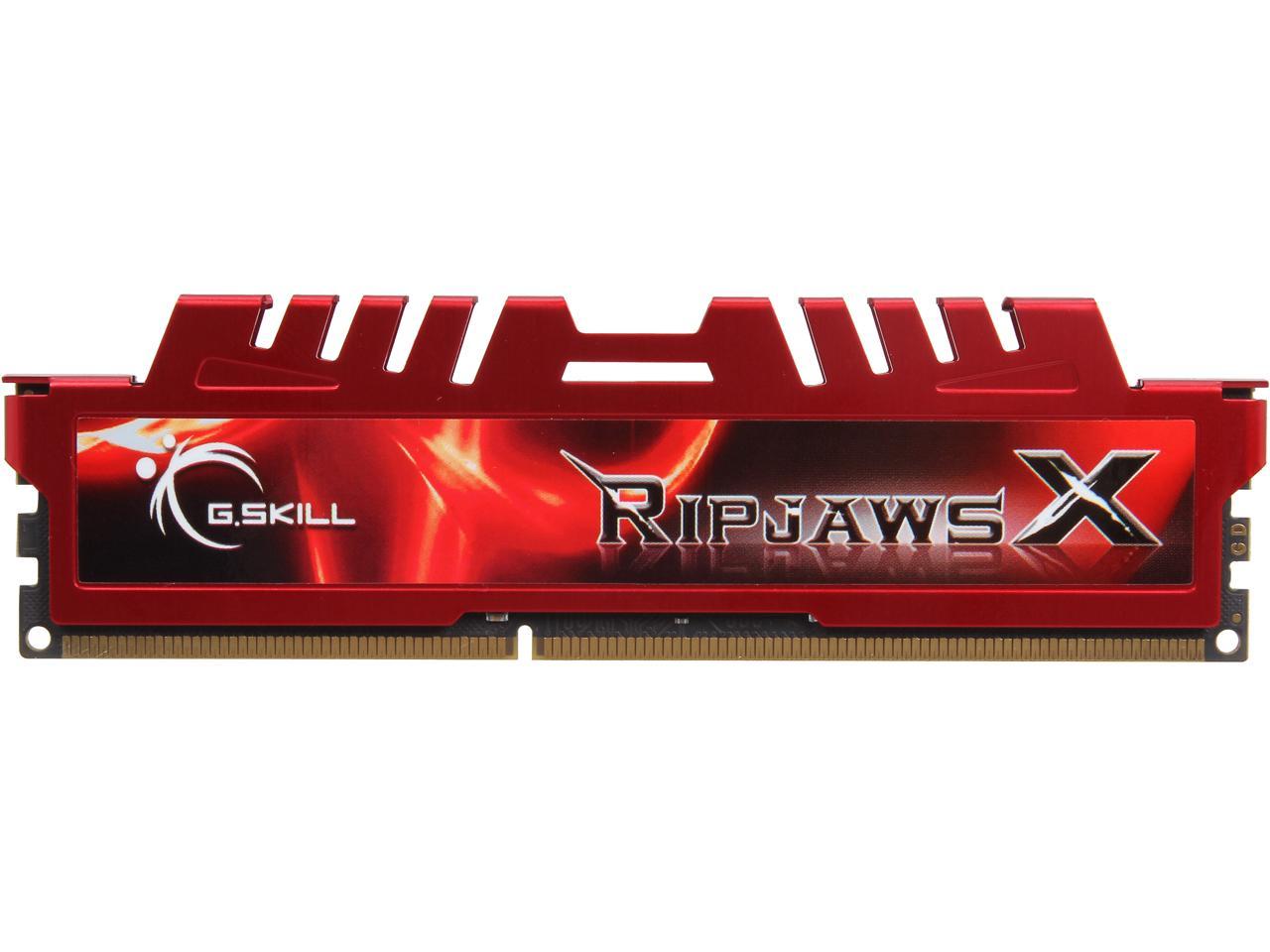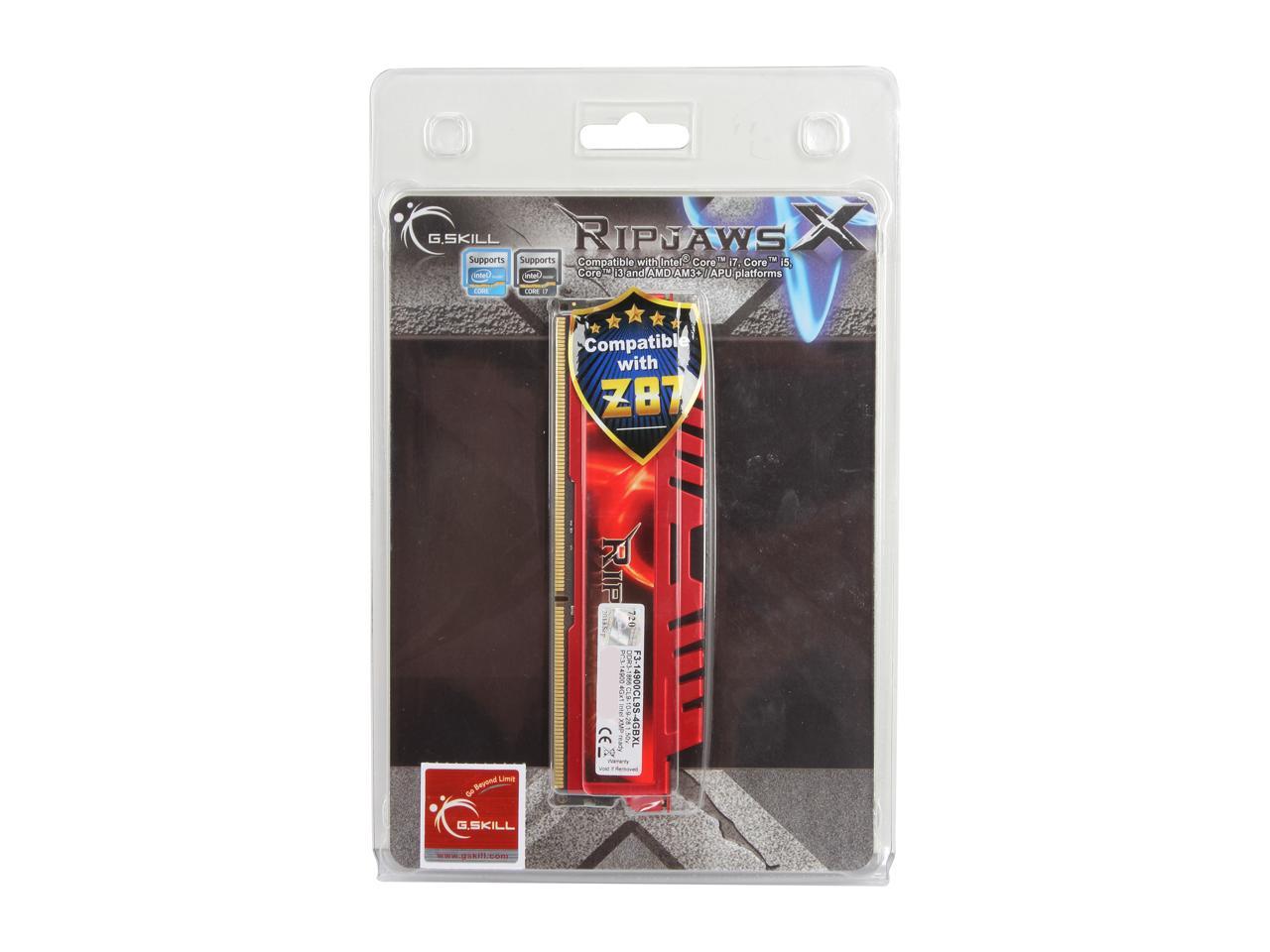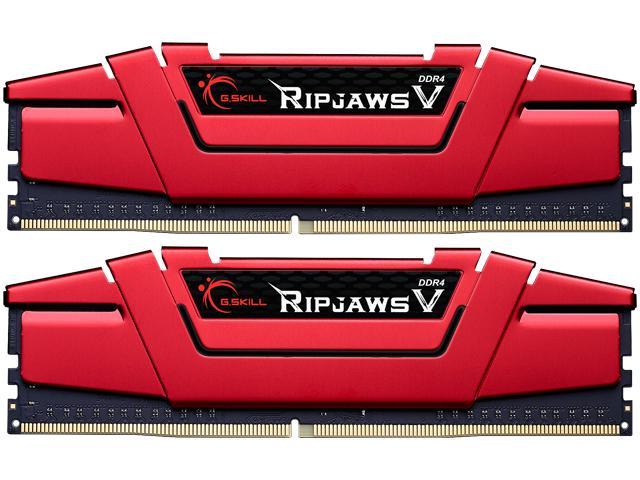<
HyperX is a very big industry when it comes to gaming. They are mainly known for headsets and are a branch of Kingston, in other words, HyperX is the high-preformace product of Kingston Technology. Most of HyperX’s products are choice of top-rated gamer, tech enthusiasts, and over clockers world wide.
Recently I got my hands on a few sticks of HyperX Fury 4GB RAM . I purchased them from New Egg and they came in pretty fast. It also came with a life time warranty which is really a plus. The sticks I got run about $169.99. This is definitely very expensive, especially for a 4GB stick of RAM. One cool feature is that this RAM will auto-detect your hardware and over clock accordingly to it.
Here is a video showing off what the RAM looks like:
Specs:
- Amount: 16GB (1 x 16GB)
- Generation: DDR4
- Speed: 2400MHz
- Channels: Dual
- CL: 15
- Timing: 15-15-15-35
- Access Time: 6.5 ns
- Voltage: 1.5 V
- ECC: No
- Warrantee: LIFE TIME!
Overall this is a solid stick of RAM. Its fast, it has a life time warrantee, and is HyperX. The only problem is the price, is only 4GB worth $169? unless you are building a fast home PC with 2 of these, I do not see another reason to get these, there are definitely other buying choices for a lot less just as good in my opinion.
Note: This review is part of a classroom project.
References:
- “HyperX – Gaming Headsets, Keyboards & More – WE’RE ALL GAMERS.” HyperXGaming, www.hyperxgaming.com/.
- “Robot?” Newegg.com, www.newegg.com/.
]]>








 Note: This review is part of a classroom project.
Note: This review is part of a classroom project.








